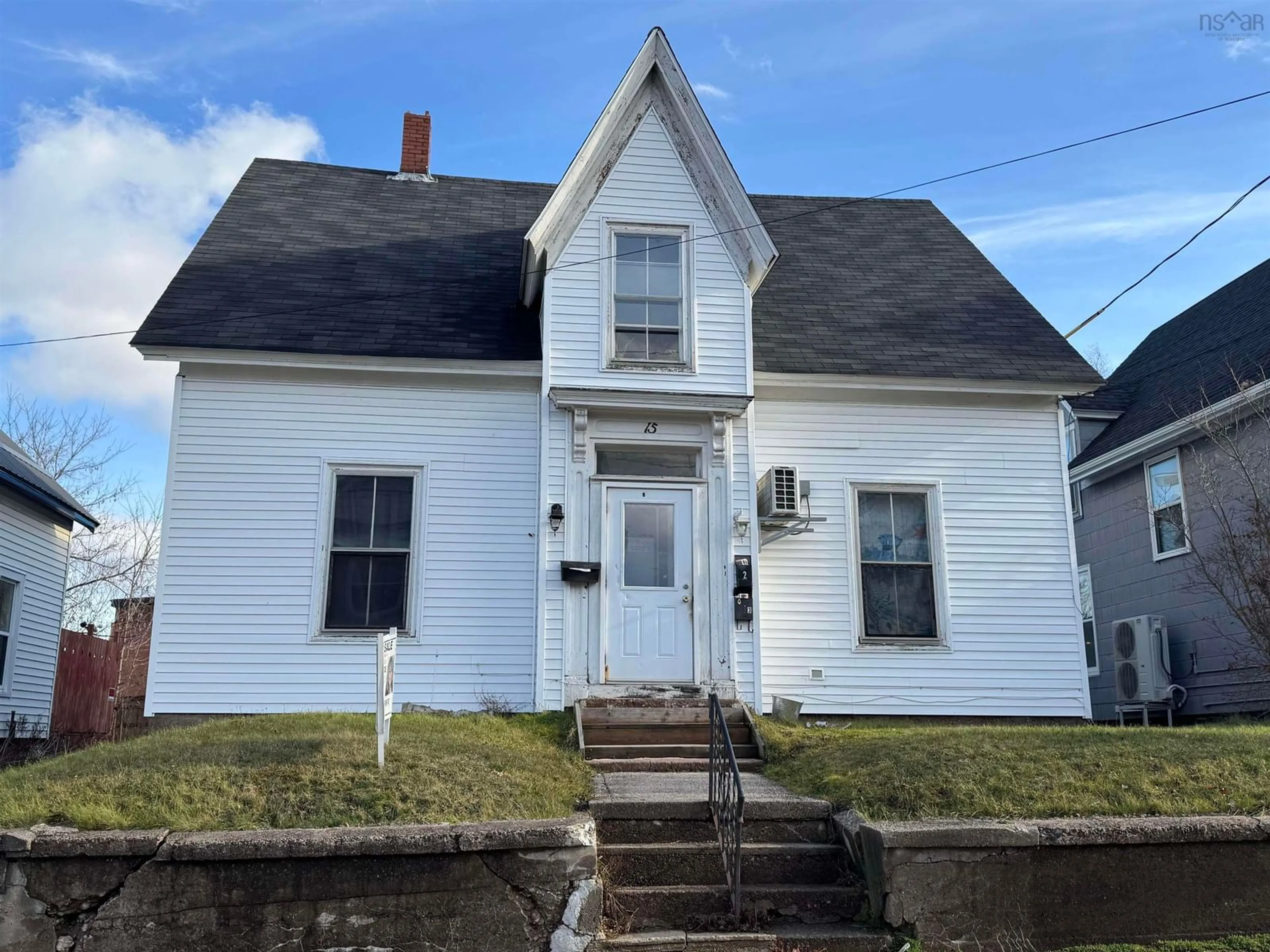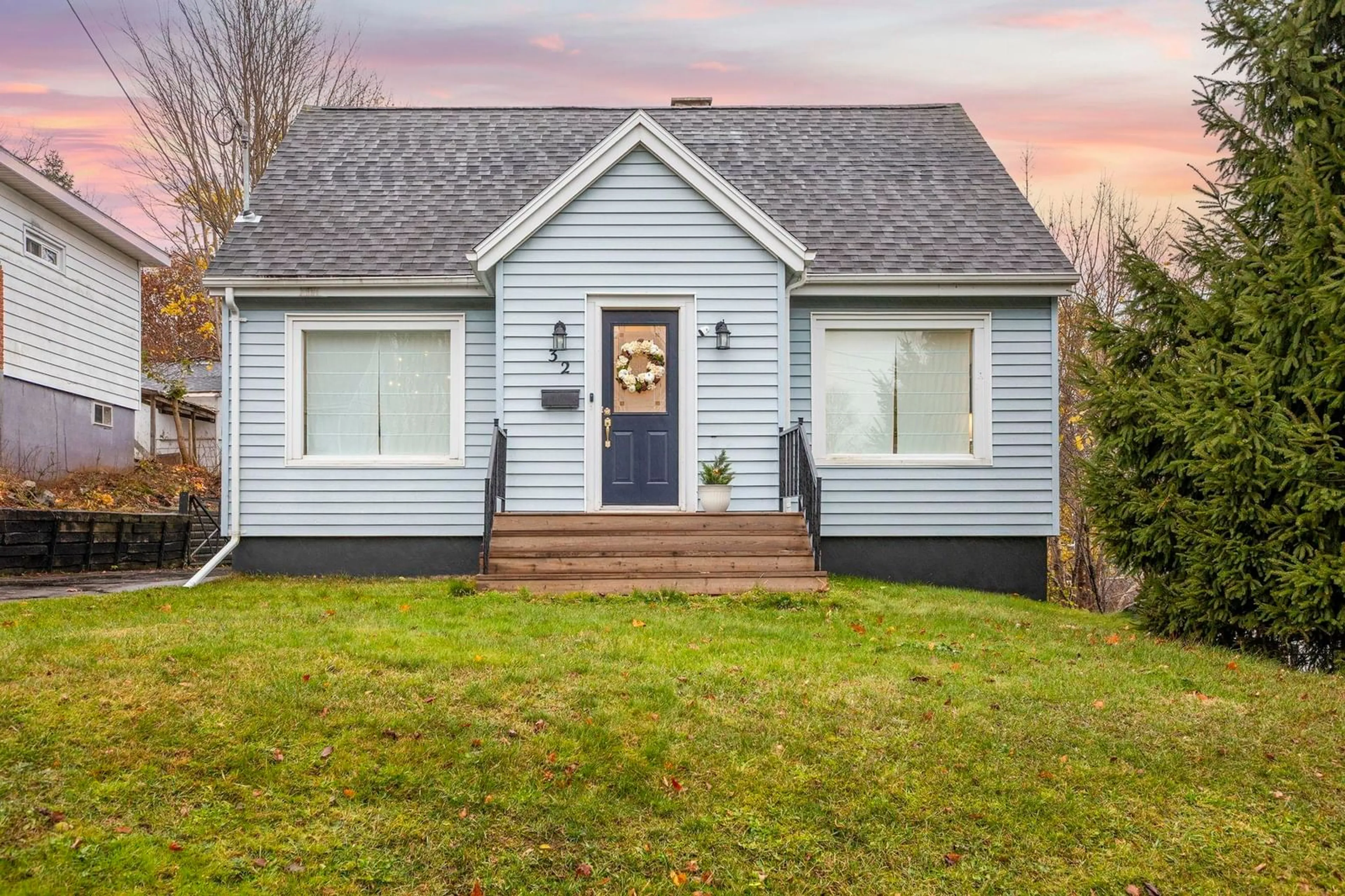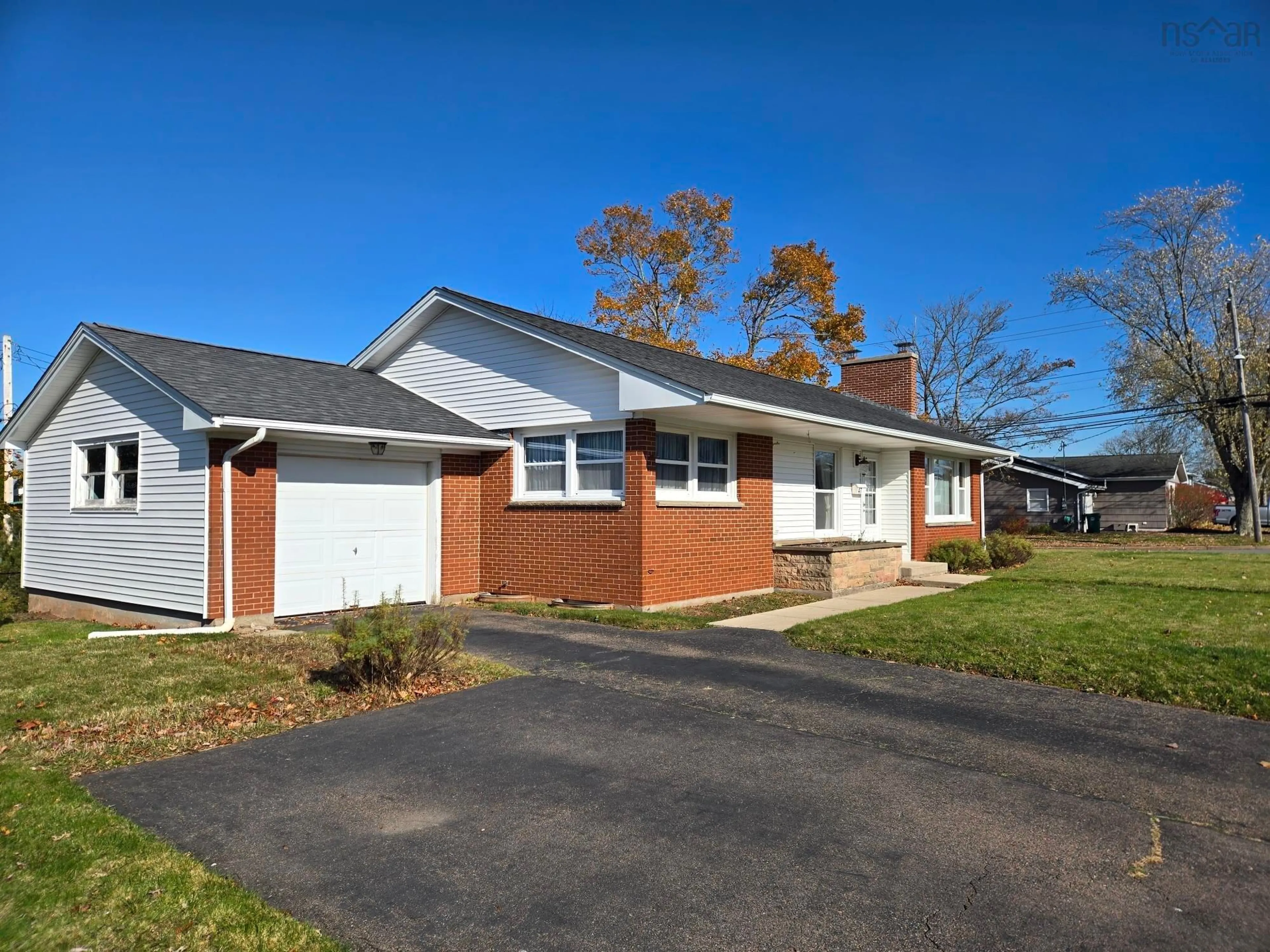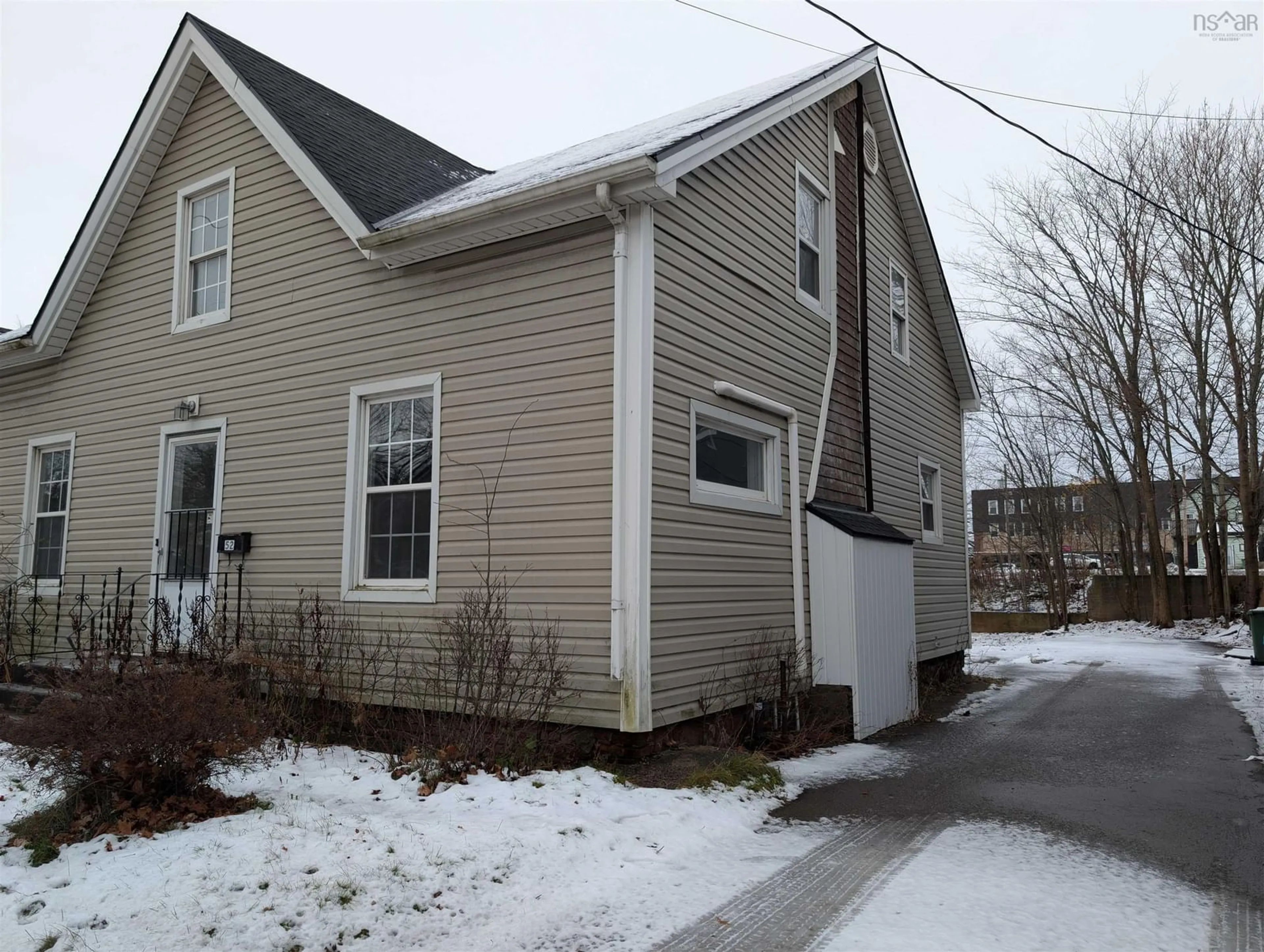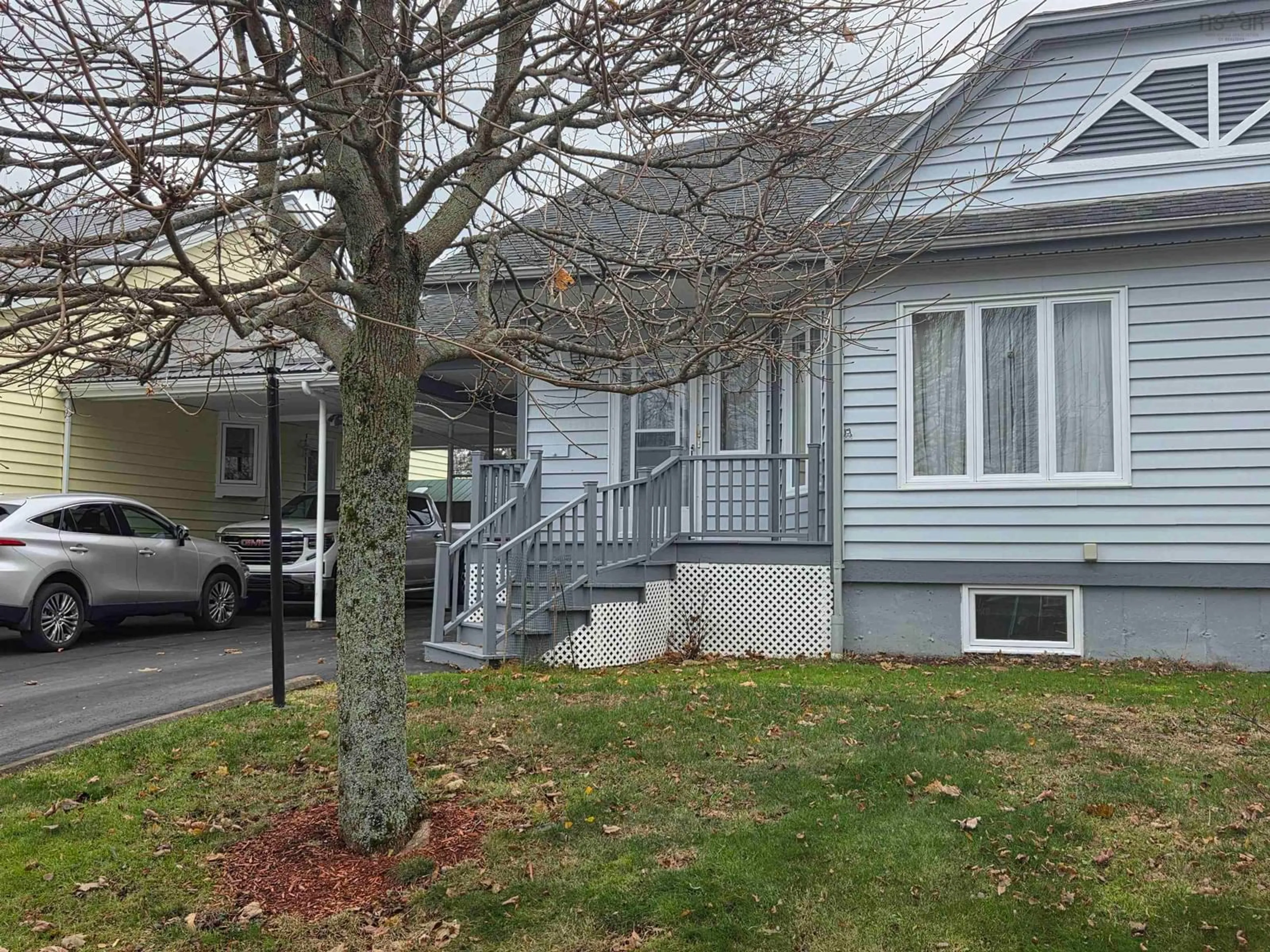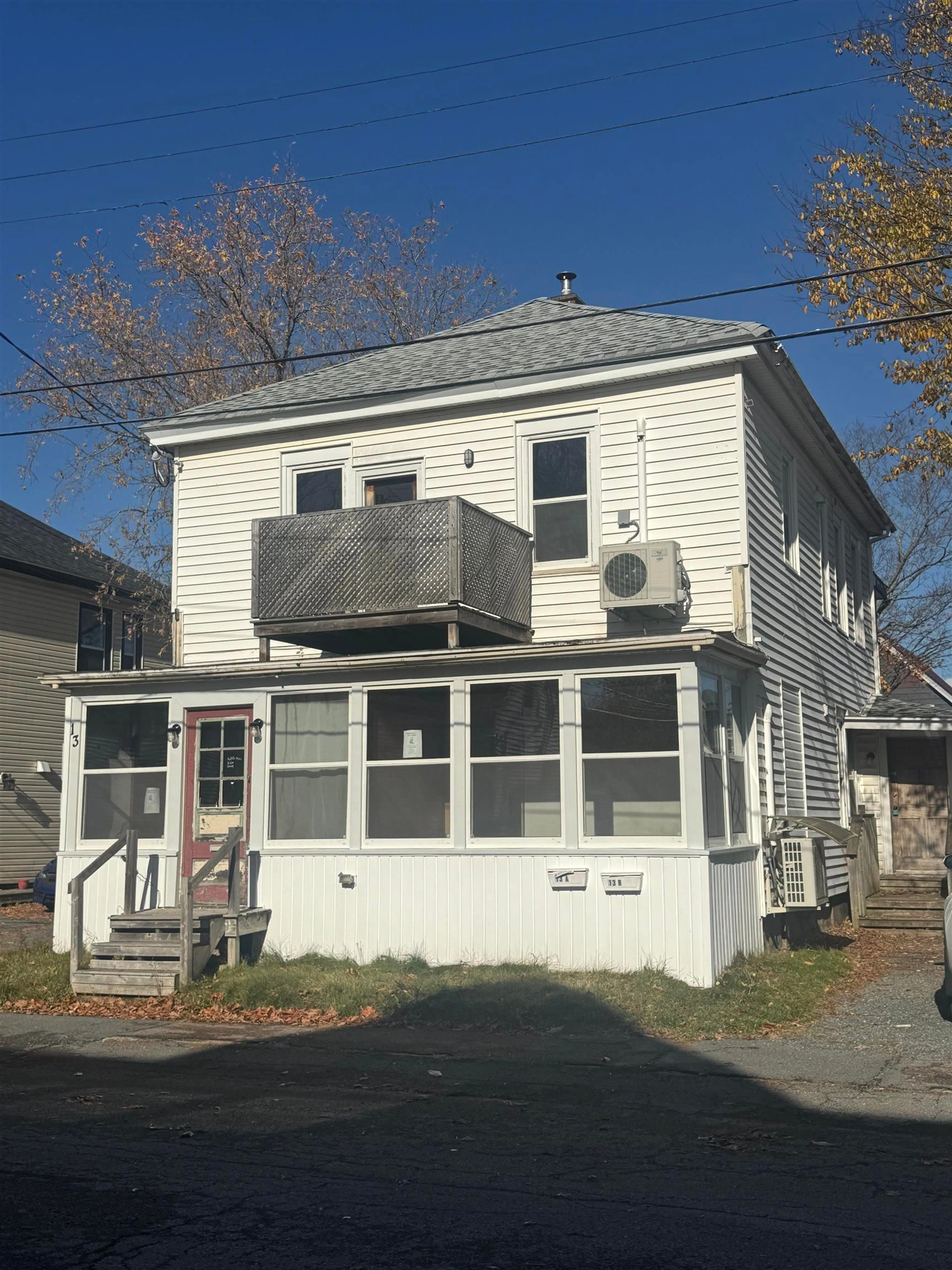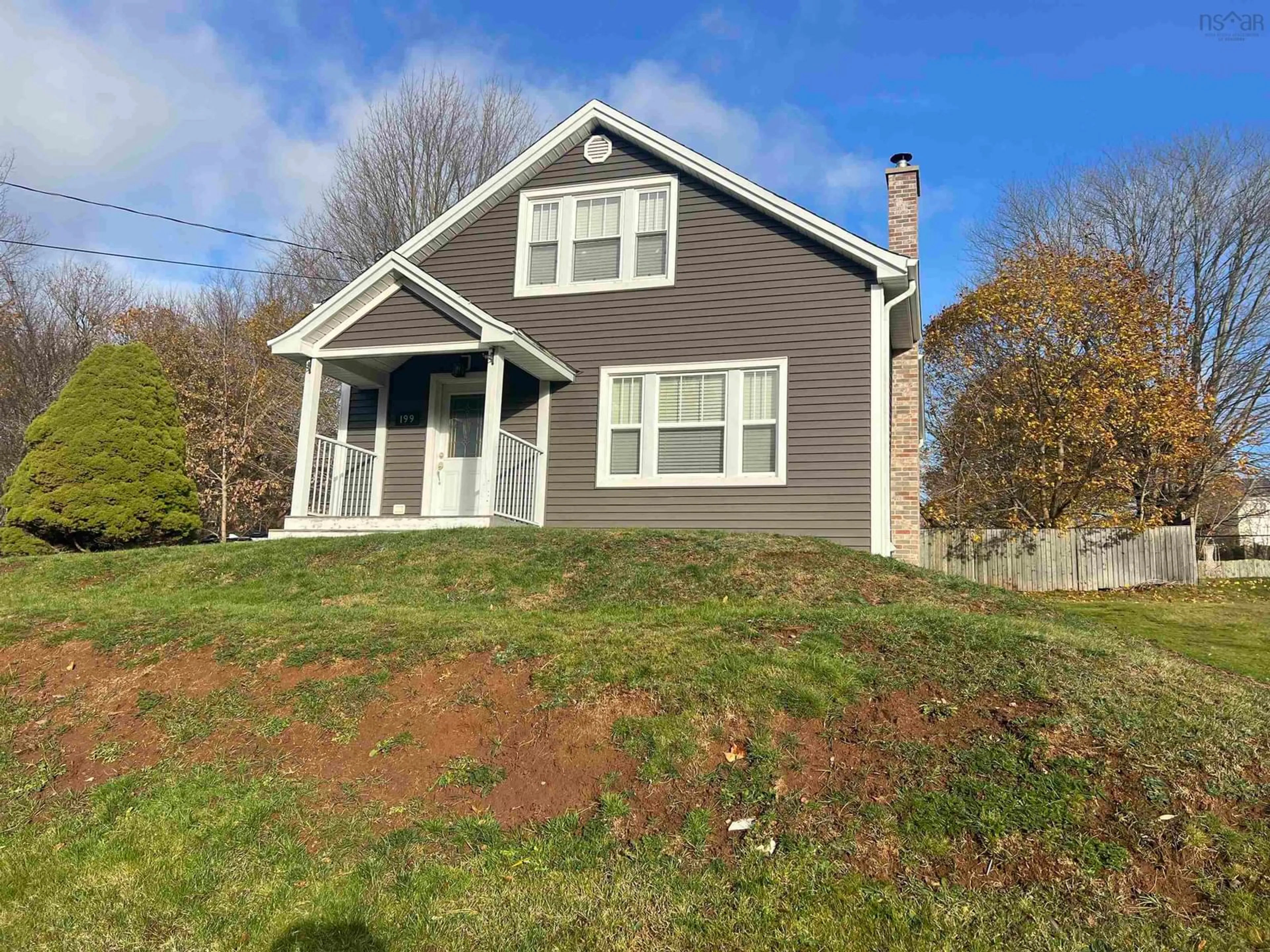Days on market
Bedrooms
Bathrooms
Property type
Homes For Sale in Truro
Tour homes in this area
We'll be in touch shortly to help you with your home search.
Truro Real Estate Market FAQs
Last updated Dec 17, 2025How many real estate listings are currently for sale in Truro?
As of today, the Truro real estate market currently has 35 detached homes, 0 semi-detached homes, 0 condos, and 8 townhouses, totaling 43 listings in Truro.
How many new properties were listed in Truro in the last 30 days?
In the last month, Truro has 7 new detached homes, 0 new semi-detached homes, 1 new condos, and 1 new townhouses, totaling 9 new properties listed.
How much does a detached home cost in Truro?
In the last month, the median sold price for a detached home price in Truro is $225,000, which is an decreased of 45.9% on the same period last year.
How much does a condo cost in Truro?
In the last month, the median sold price for a condo price in Truro is $282,000, which is an increased of 100.0% on the same period last year.
How much does a townhouse cost in Truro?
In the last month, the median sold price for a townhouse price in Truro is $362,000, which is an increased of 11.6% on the same period last year.
Population & demographics
Total population
11,477
Population age (%)
Household
Average household income
$92,589
Household composition (%)
Owners / Renters (%)
Mother Tongue (%)
How much does it cost to live in Truro?
Detached
Median Selling Price$225,000
Average Days on Market
58.2
#Active Listings (November)
32
#Sold Listings (November)
5
Townhouse
Median Selling Price$362,000
Average Days on Market
15.67
#Active Listings (November)
8
#Sold Listings (November)
3
Condo
Median Selling Price$282,000

